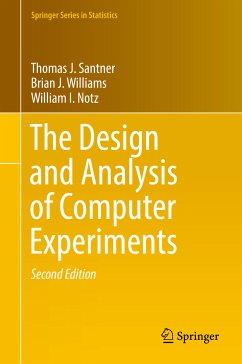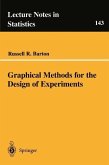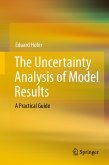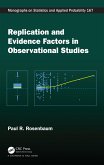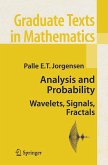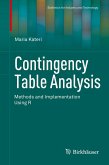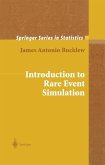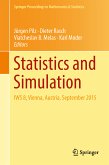New to this revised and expanded edition:
. An expanded presentation of basic material on computer experiments and Gaussian processes with additional simulations and examples
. A new comparison of plug-in prediction methodologies for real-valued simulator output
. An enlarged discussion of space-filling designs including Latin Hypercube designs (LHDs), near-orthogonal designs, and nonrectangular regions
. A chapter length description of process-based designs for optimization, to improve good overall fit, quantile estimation, and Pareto optimization
. A new chapter describing graphical and numerical sensitivity analysis tools
. Substantial new material on calibration-based prediction and inference for calibration parameters
. Lists of software that can be used to fit models discussed in the book to aid practitioners
Dieser Download kann aus rechtlichen Gründen nur mit Rechnungsadresse in A, B, BG, CY, CZ, D, DK, EW, E, FIN, F, GR, HR, H, IRL, I, LT, L, LR, M, NL, PL, P, R, S, SLO, SK ausgeliefert werden.
"This is quite a unique book and may fill a void in the design of experiments literature." Techonmetrics, November 2004
"This book will be a valuable reference for for any statistitican who is collaborating with scientists who use computer experiments or is interested in pursuing research in the area." Biometrics, March 2005
"This book describes methods for designing and analyzing experiments conducted using computer program to replace a physical experiment. ... To the best of my knowledge, there has been no book yet written in the area of computer experiment. ... Therefore, this is quite a unique book and may fill a void in the design of experiments literature. As mentioned in the Preface, this book has tried to keep the mathematics at the level of readers with master's-level training in statistics." (Lih-Yuan Deng, Technometrics, Vol. 46 (4), November, 2004)
"The book by Thomas Santner et al. illustrates the usefulness ofcomputer models and statistical methodologies to extract information in stimulated data ... . Computer modeling has been challenging to the practitioners, and this book eases these challenges with the exposure of basic ideas and daunting formulas. This well written book seven chapters ... . The references are exhaustive and current." (Ramalingam Shanmugam, Journal of Statistical Computation and Simulation, Vol. 75 (2), February, 2005)

